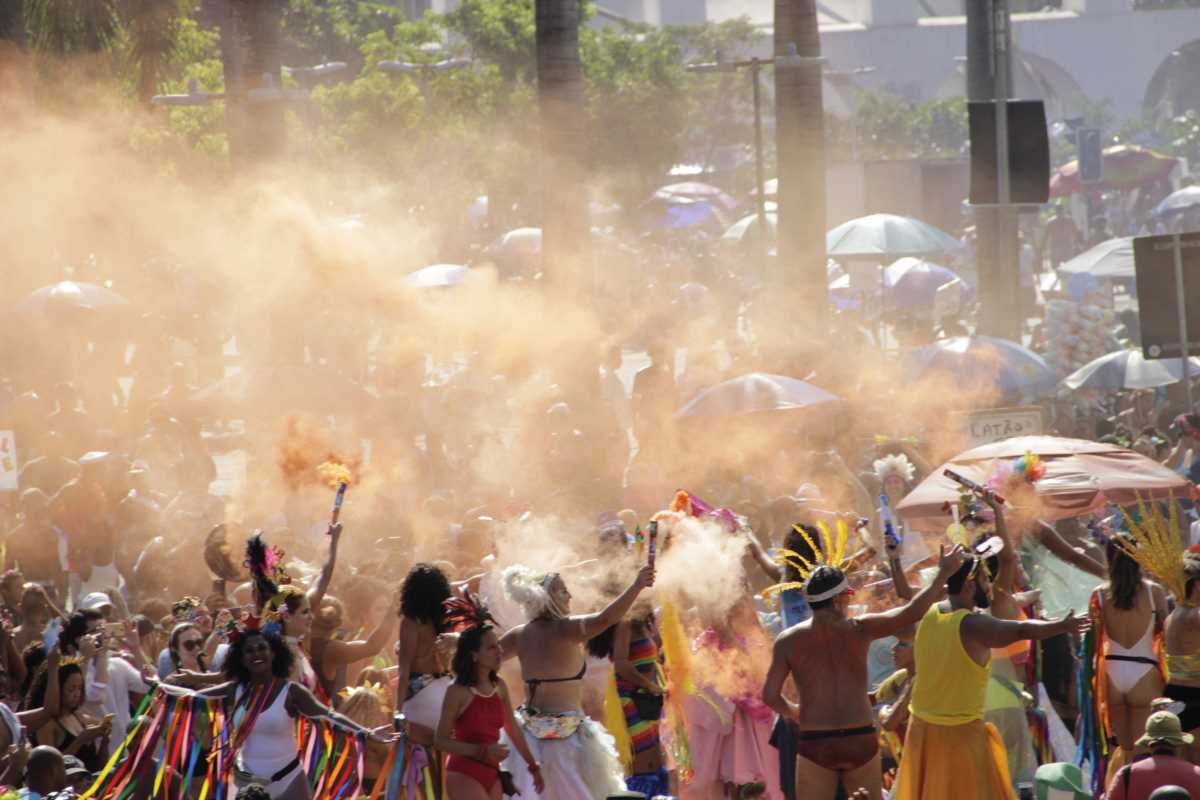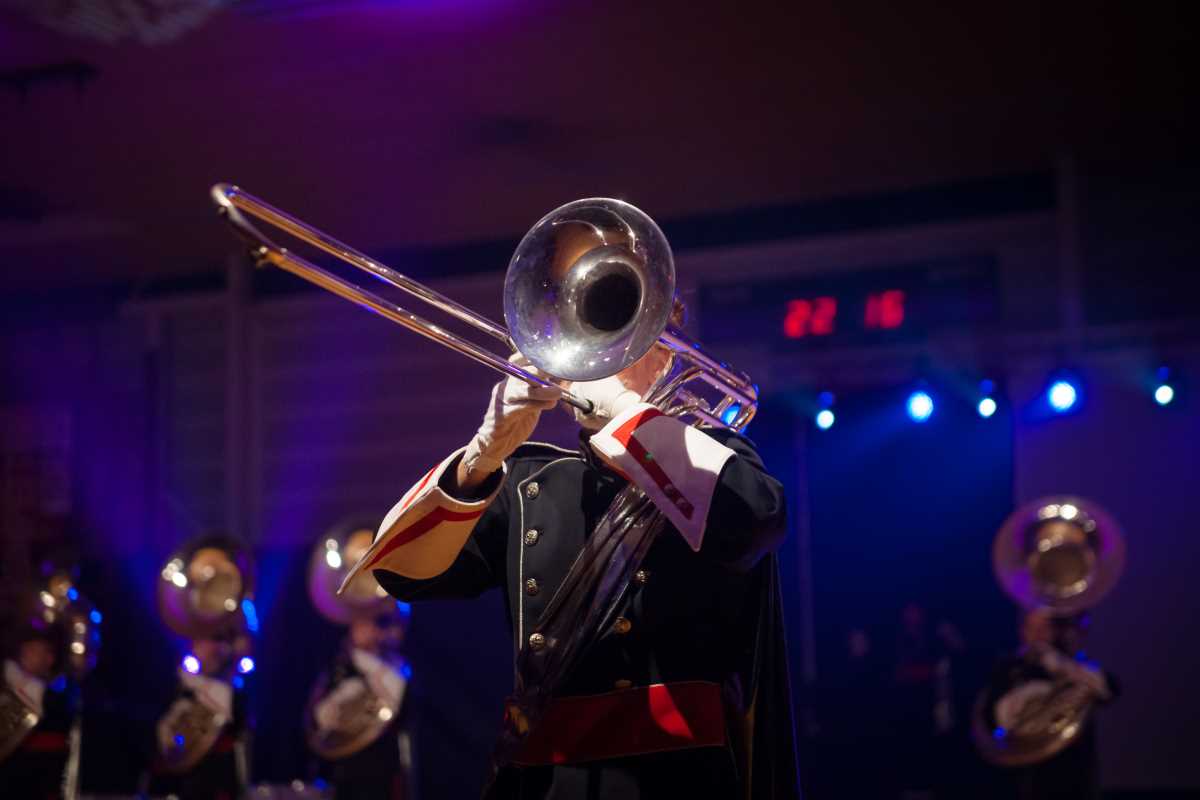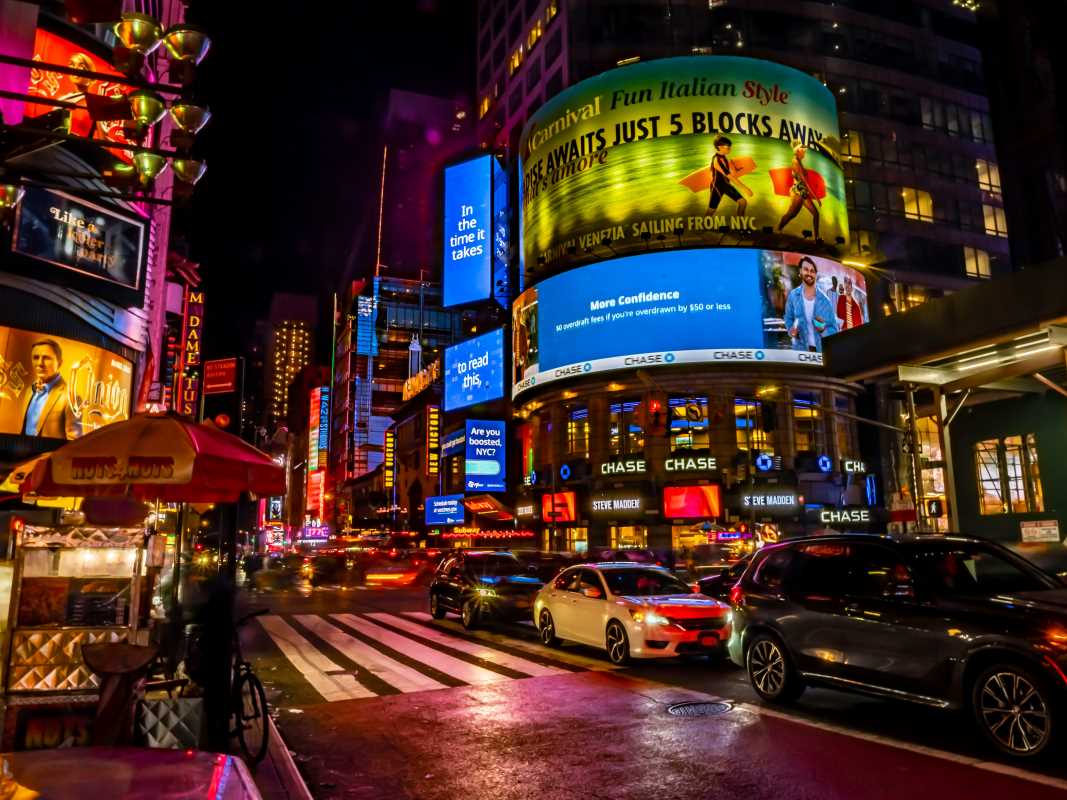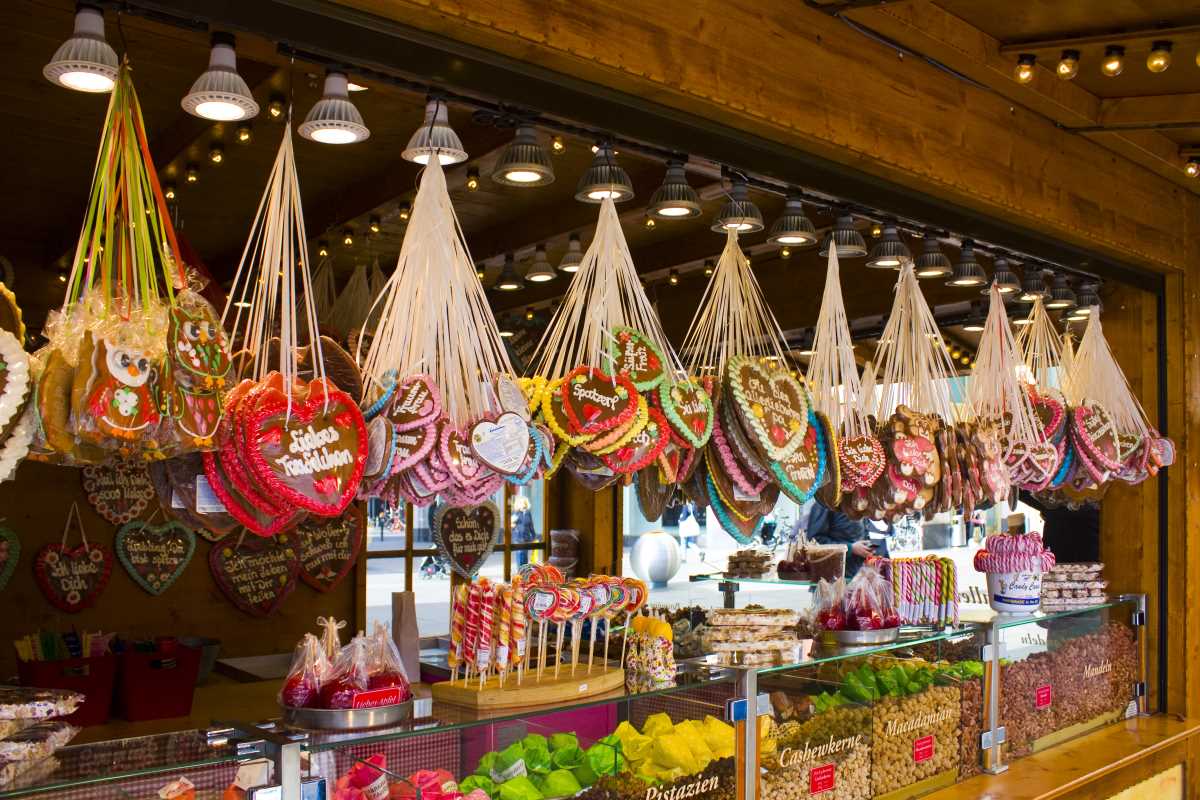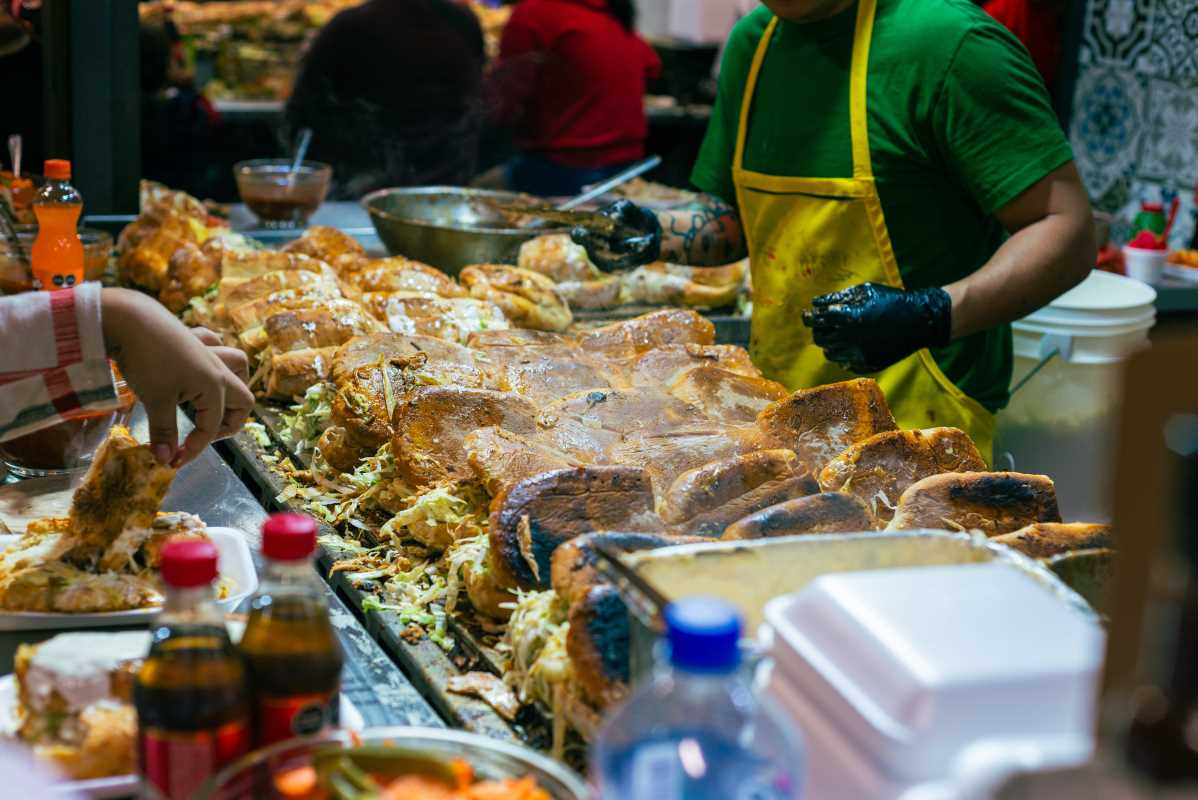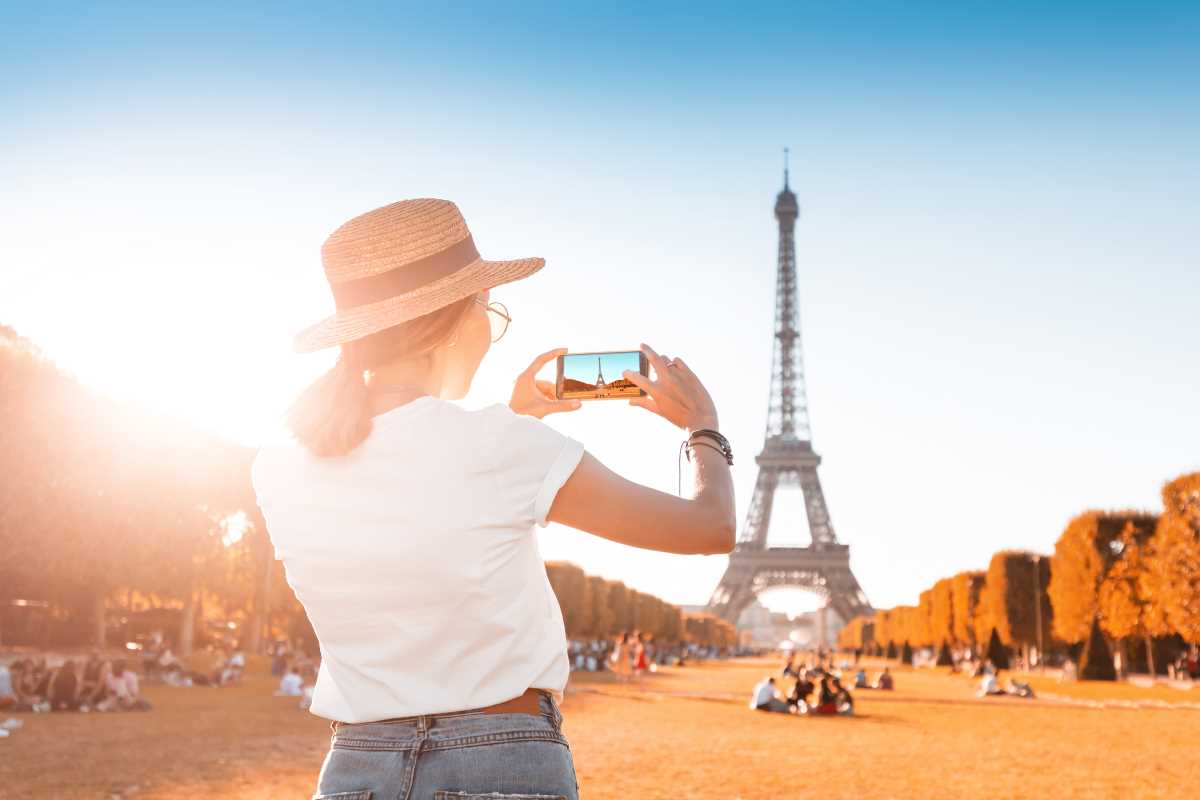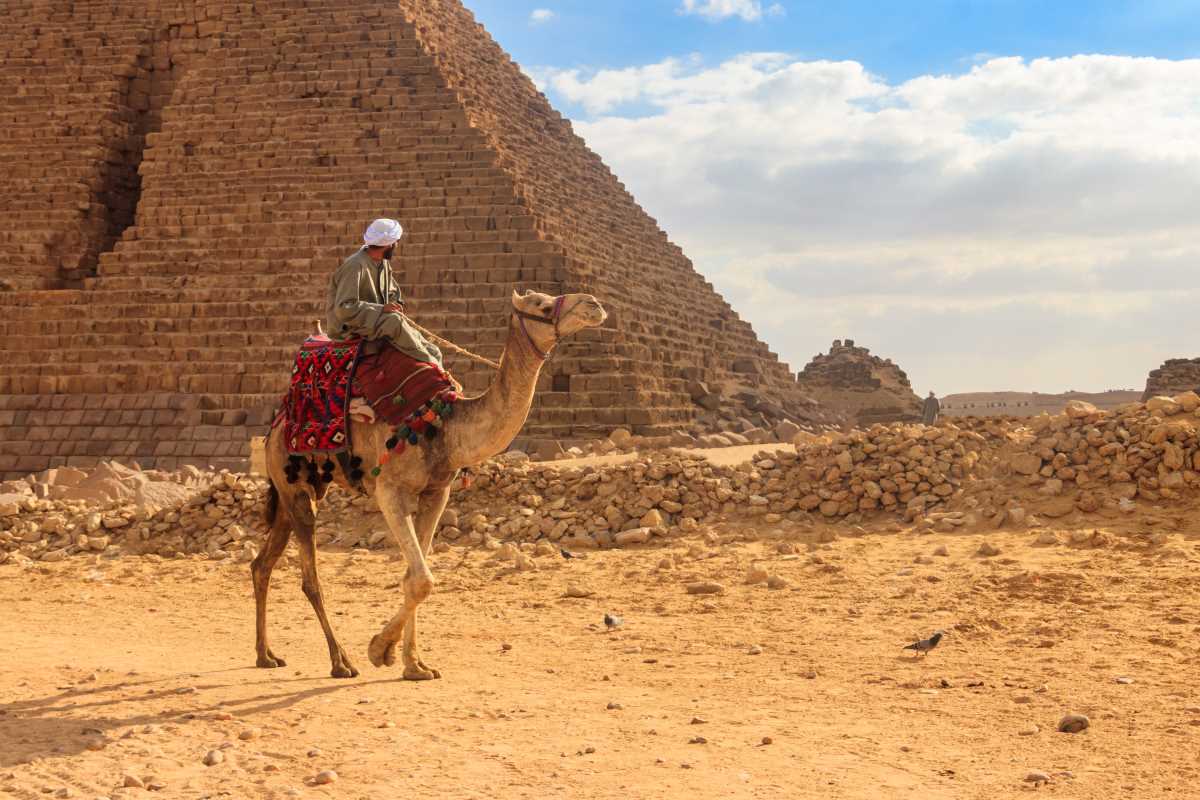Waikiki's golden sands and gentle waves are iconic, but as the sun dips below the horizon, the island's pulse transforms. The air fills with the sounds of rhythmic chants and the scent of tropical flowers as performers share the stories of Hawaii through dance. Get ready to experience one of the most exciting things to do in Waikiki at night: vibrant hula performances and breathtaking fire shows. We’ll cover where to find both free and ticketed events, share tips on show etiquette, and provide the cultural context behind these beautiful traditions. Prepare for an evening of unforgettable entertainment under the Hawaiian stars.
The Heartbeat of Hawaii: The Story of Hula
Before you find your spot on the sand, it helps to understand what you are about to see. Hula is much more than a dance. It’s the soul of Hawaii expressed in motion. Historically, hula was a way to pass down stories, genealogies, and myths from one generation to the next in a culture that had no written language. Every movement of the hands, sway of the hips, and facial expression has a specific meaning, telling tales of creation, ancient chiefs, and the beauty of the islands.
There are two main styles you might see:
- Hula Kahiko: This is the ancient, traditional style. It is accompanied by chants (oli) and percussion instruments like the gourd drum (ipu). The movements are strong and dramatic, reflecting its deep ceremonial roots.
- Hula ʻAuana: This is the modern style of hula that emerged after Western contact. It is what most visitors are familiar with, characterized by flowing, graceful movements and accompanied by stringed instruments like the ukulele and guitar.
Seeing a hula performance in Honolulu is a direct connection to Hawaiian history and a beautiful way to appreciate the local culture.
Feel the Heat: The Samoan Fire-Knife Dance
Often paired with hula, the heart-pounding fire-knife dance is another highlight of any Waikiki fire show. It’s not native to Hawaii, but this tradition has become a beloved part of Polynesian revues across the islands. Originating in Samoa, the siva afi began as a warrior's triumphant display with a sharpened war club. The modern performance evolved to include flaming torches, with acrobatic dancers twirling, tossing, and even swallowing fire with incredible skill and courage. It’s a thrilling spectacle that will have you on the edge of your seat.
Where to Watch Hula and Fire Shows in Waikiki
You have plenty of options for catching a show, from free beachside performances to elaborate dinner revues. Here’s a breakdown of where to go.
Free Waikiki Hula Shows
Enjoying a world-class performance doesn’t have to cost a thing. Many local organizations and venues offer free shows to share Hawaiian culture with visitors.
- Kūhiō Beach Hula Show: This is arguably the most famous Waikiki hula show. Located at the Kūhiō Beach Hula Mound near the Duke Kahanamoku statue, this authentic performance takes place at sunset several nights a week. Check the city’s official schedule, but it typically runs on Tuesdays, Thursdays, and Saturdays. Bring a beach towel or mat, arrive early for a good spot, and enjoy the show with Diamond Head as your backdrop.
- International Market Place: The cultural heart of this modern shopping center is its Banyan Tree Courtyard. Here, you can often find free hula and other Polynesian performances on the main stage. It’s a great choice if you want to combine an evening of shopping and dining with some local entertainment.
- Royal Hawaiian Center: This center also offers complimentary cultural programming, including hula lessons and live performances at The Royal Grove. It’s a fantastic, family-friendly way to experience island culture in a beautiful setting.
Ticketed Shows and Lūʻau Experiences
For a more immersive evening, consider a ticketed event. These often include dinner, drinks, and a full-scale production.
- Hotel Lūʻaus: Many of Waikiki’s major hotels, like the Royal Hawaiian (Aha'aina Lūʻau) and the Hilton Hawaiian Village (Waikiki Starlight Lūʻau), host their own lūʻaus. These events combine a traditional Hawaiian feast with a stunning show featuring hula, music, and a climactic Waikiki fire show. They are a one-stop shop for an unforgettable night.
- Waikiki Aquarium: For a unique setting, look for special events and lūʻaus held at the Waikiki Aquarium. Enjoying a show with marine life nearby offers a different kind of magic.
- Dinner Shows: Venues like the Queens Waikiki Lūʻau offer elaborate Polynesian revues paired with a buffet dinner. These are high-energy productions designed to dazzle and entertain from start to finish.
Tips for the Best Viewing Experience
- Arrive Early: For free shows, especially the Kūhiō Beach performance, space fills up quickly. Arrive at least 30-45 minutes before showtime to secure a good vantage point.
- Respect the Performers: Hula is a sacred art. Please remain quiet and respectful during the performance. Avoid talking loudly or walking in front of others. Applause is always welcome at the end of a number.
- Safety First: When watching a fire show, always maintain a safe distance. The performers are highly trained professionals, but heat and sparks are part of the act. Keep children close and follow any instructions from event staff.
- Be Mindful of Crowds: Waikiki at night can be busy. Keep an eye on your belongings and be patient when navigating crowded areas, especially as a show ends.
- Check Schedules in Advance: Performance times can change due to weather, holidays, or seasonal adjustments. Always verify the schedule online or by phone on the day you plan to go.
Family-Friendly and Accessibility Notes
Most hula and fire shows are perfect for the whole family. Kids are often mesmerized by the dancing and costumes. The open-air, free shows are particularly great for families with young children who may get restless.
For accessibility, venues like the Royal Hawaiian Center and International Market Place are designed with ramps and accessible pathways. The Kūhiō Beach show is on a grassy lawn, which can be navigated with a wheelchair, though it may be a bit uneven. Ticketed lūʻaus are typically well-equipped to accommodate guests with mobility needs, but it's always best to call ahead and confirm.
Plan Your Evening Checklist
Ready for a magical night? Use this simple checklist to prepare.
- Choose Your Show: Decide between a free beachside performance or a ticketed lūʻau.
- Verify the Time and Location: Double-check the schedule online for that day.
- Pack Accordingly: Bring a beach blanket or low-back chair for free shows. A light jacket is a good idea, as it can get breezy after sunset.
- Plan Your Arrival: Factor in extra time to find parking and a good spot to sit.
- Bring a Camera: You’ll want to capture the beautiful costumes and fiery spectacle (flash photography is often discouraged, so be mindful).
- Stay Hydrated: Have water on hand, especially for outdoor venues.
- Embrace the Aloha Spirit: Relax, enjoy the moment, and appreciate the incredible gift of culture being shared with you.
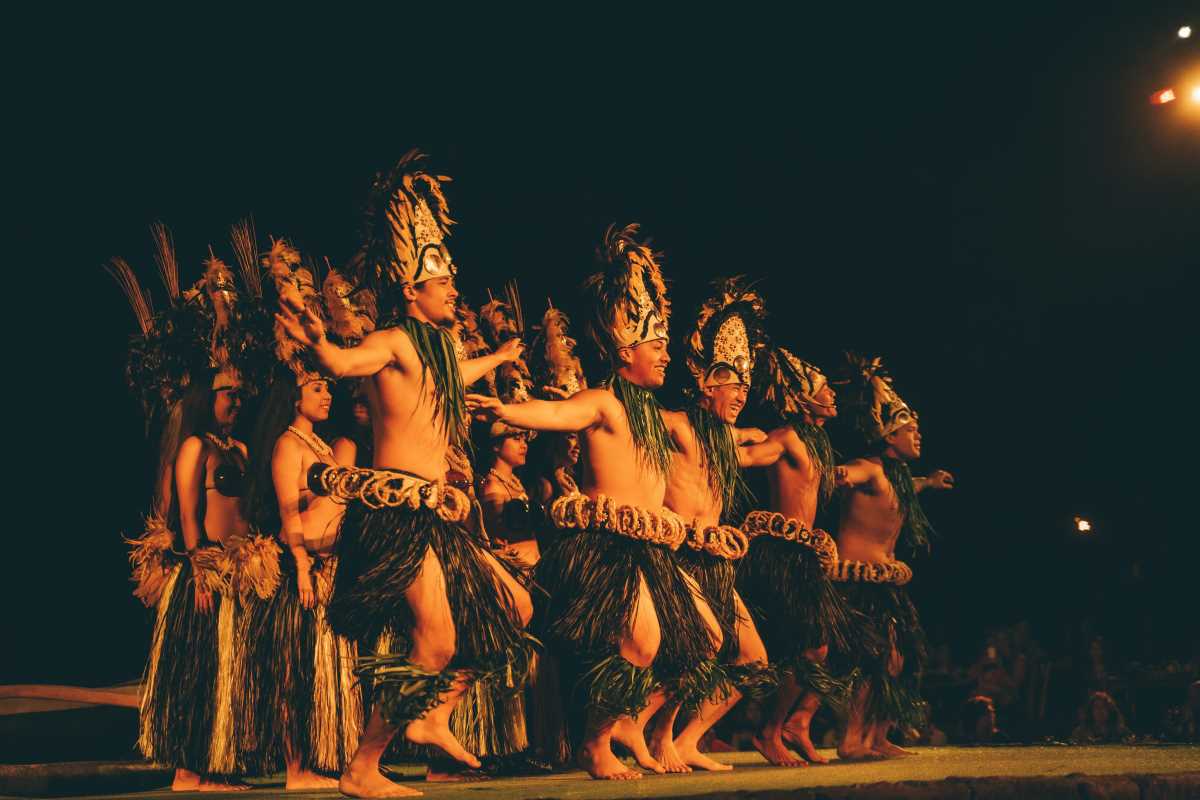 (Image via
(Image via